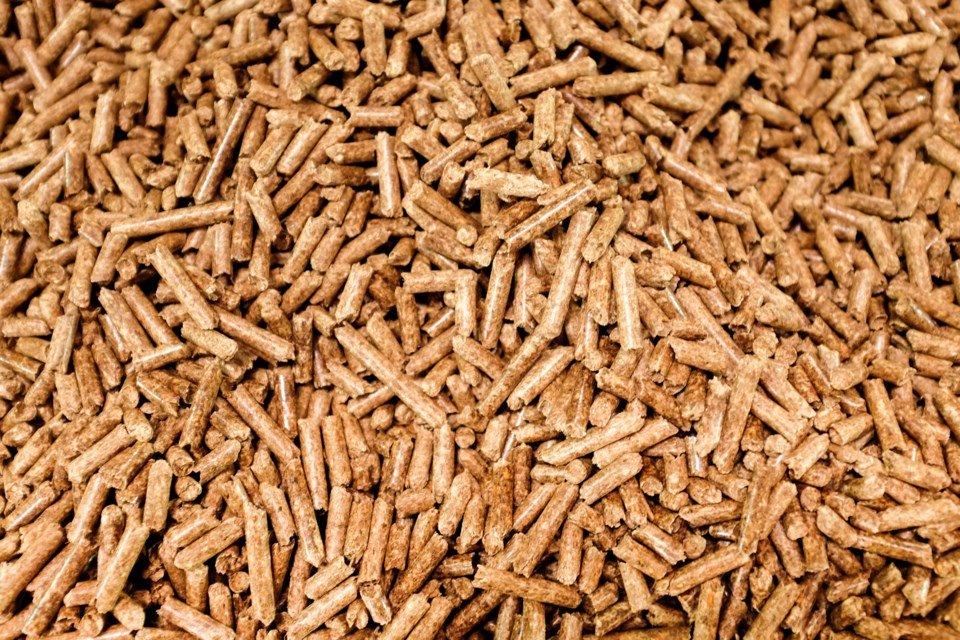UBC forest scientist Gary Bull, along with some others, makes some false and misleading claims related to the pellet industry in their letter to the editor.
Bull’s letter claims 85 per cent of pellets province-wide come from sawmill residues. Only 15 per cent is from “logging debris and low-quality logs.”
But this isn’t true, and especially so in Prince George. His very own report says our region’s biggest pellet operator, Drax’s Meadowbank facility, only uses sawmill residues for 60 per cent of its pellets. The rest – 40 per cent - is largely derived from whole logs.
If you drive by their yard, it is clear what most of this is -- a lot of high-quality aspen, birch, and cottonwood, perfectly good wood for OSB, plywood, and engineered wood products.
Yes, there is low-quality deciduous, and low-quality conifer, but let’s not mislead people. There’s a huge amount of high-quality old-growth birch, aspen and cottonwood, logged from mixed and deciduous-leading stands.
By falsely calling these deciduous species “low quality,” Bull is contributing to a game of smoke and mirrors that is leaving our forests less diverse, less resilient, and less capable of supporting wildlife like our declining moose.
None of these high-quality old-growth deciduous forests, providing critical wildlife habitat and fire-resistance on the landbase, are being allowed to regenerate. You read that right. They are all subject to reforestation laws, which Drax is very proud of, and those laws require conifer plantations. Deciduous will be sprayed and brushed.
If you read Mr. Bull’s report, he refers to these deciduous stands as a “problem forest type,” and admits these are harvested above and beyond the Annual Allowable Cut. He doesn’t mention they are also being converted to more conifer plantations to the detriment of all of us.
The reality is the pellet industry in Prince George is being enlisted to convert our beautiful fire-resistant, wildlife-rich deciduous component, full of life and resilience, to mostly pine plantations. And to do this we cut them above and beyond an already unsustainable rate of logging. Then we spray them and/or brush them to suppress what we profited from.
This is scandalous.
Mr. Bull should recognize deciduous is not a “problem forest type” of “low quality logs.” What we have is a “problem industry type” governed by a “problem bureaucracy type” with too cozy a connection between them, and Mr. Bull et al. would be well-advised to admit that.
James Steidle
Prince George



